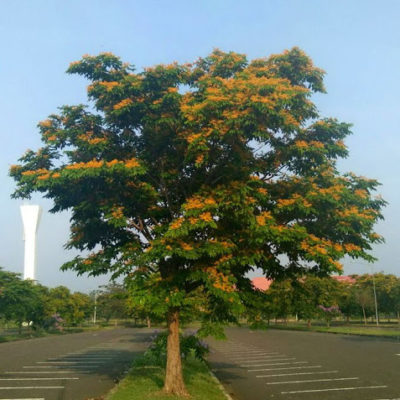Drought-resistant plants play a crucial role in sustainable landscaping, especially in regions prone to water scarcity. Within the Green campus of the AIT (Asian Institute of Technology) University, an impressive array of 20 diverse drought-resistant plant varieties thrive, showcasing nature’s resilience and adaptability. These plants not only enhance the campus’s aesthetics but also contribute significantly to environmental sustainability and align with the United Nations Sustainable Development Goals (SDGs).
One of the standout species on the campus is the Paper Flower, gracing Gate 1 with its vibrant blossoms. Nearby, the Snake Plant thrives, demonstrating resilience in the face of water shortage. Academic buildings host a plethora of drought-tolerant species, including the striking Redbird Cactus, the elegant Corn Plant, and the hardy Yellow Palm, which not only beautify the surroundings but also reduce the need for excessive watering.
In dormitory areas, plants like the Horse Radish Tree and Black Afara showcase nature’s ability to adapt to challenging conditions. The Copper Pod and Burma Padauk, with their vivid flowers, create a colorful atmosphere near the dormitories and academic buildings. Moreover, the campus features majestic trees like the Banyan Tree, offering shade and ecological benefits near the sport fields and Gate 1. The Tembusu, strategically planted around the library and academic buildings, enhances the overall greenery while requiring minimal water.
These drought-resistant varieties appealing not only make the campus visually but also align with SDG 15: Life on Land, promoting the conservation and sustainable use of terrestrial ecosystems. By reducing the need for excessive irrigation, these plants contribute to water conservation (SDG 6) and support the overall biodiversity of the campus environment. The **Rain Lily**, **Lantana**, and **Blanket Flower** attract pollinators, enhancing local biodiversity (SDG 15). Moreover, these plants serve as educational tools, fostering awareness about sustainable landscaping practices and ecological balance among students and the community, thereby supporting SDG 4: Quality Education.
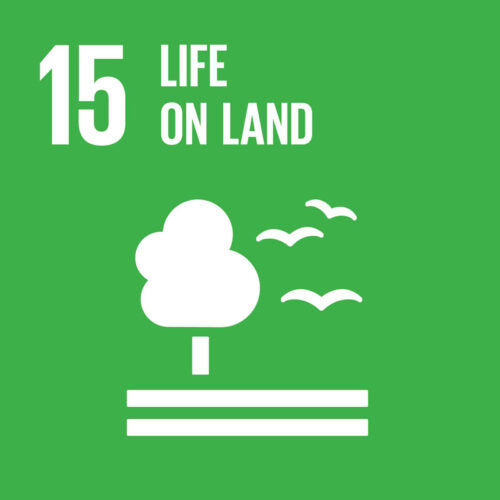


Through the cultivation of these plants, AIT University exemplifies its commitment to environmental stewardship, demonstrating how landscaping choices can align with global sustainability goals while creating a lush and inviting campus environment.
Draught resistant plants in campus
Name : Paper flower
Location : Nursery
Gate1
Number of plants on campus : 465
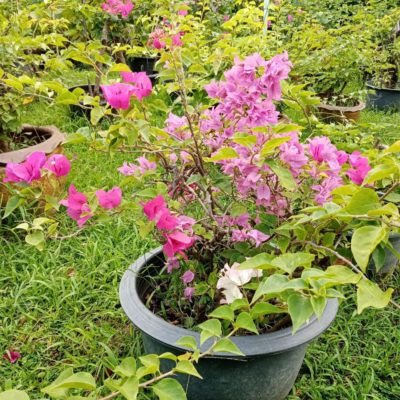
Name : Snake Plant
Location : Nursery Gate1
Number of plants on campus : 100
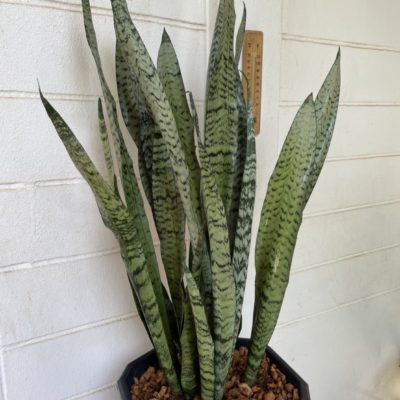
Name : Redbird Cactus
Location : Nursery plant Academic Buildings
Number of plants on campus : 320
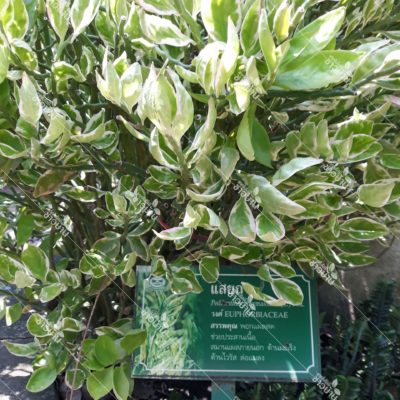
Name : Corn Plant
Location : Nursery Plant – Academic Buildings
Number of plants on campus : 465
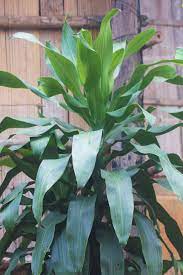
Name : Screw Pine
Location : Nursery
Number of plants on campus : 3500
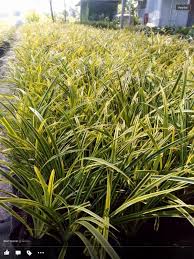
Name : Garden Croton
Location : Nursery
Number of plants on campus : 78
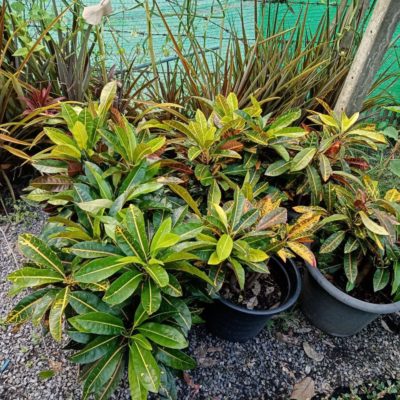
Name : Yellow palm
Location : Nursery plant Academic Building
Number of plants on campus : 423

Name : Bromeliad
Location : Nursery
Number of plants on campus : 56
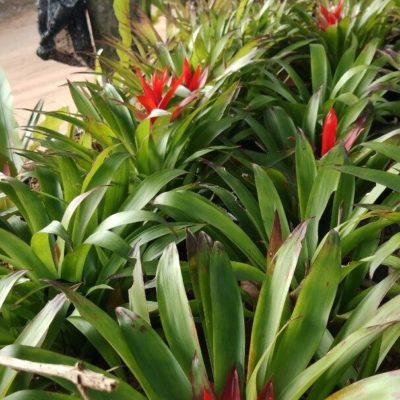
Name : Lady Palm
Location : Nursery
Number of plants on campus : 73
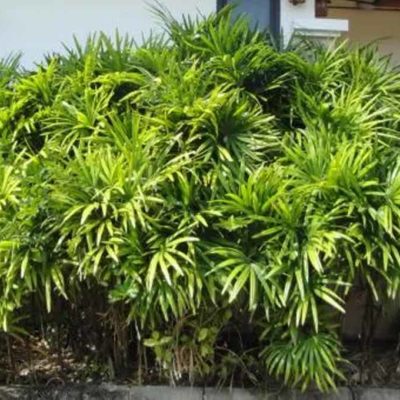
Name : Fiji Fan palm
Location : Nursery
Number of plants on campus : 195
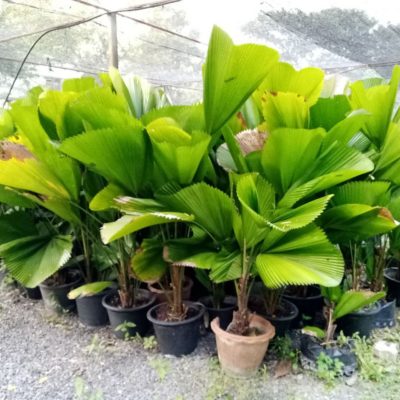
Name : Horse Radish Tree
Location : Dormitory
Number of plants on campus : 5
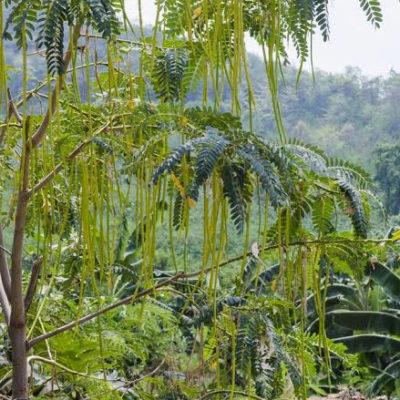
Name : Moke
Location : Nursery plant Academic Building
Number of plants on campus : 54
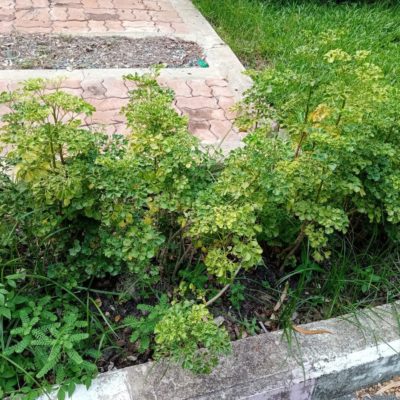
Name : Cork Tree
Location : Academic Buildings
Number of plants on campus : 90
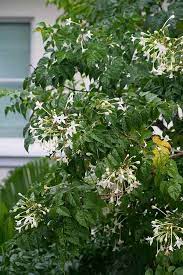
Name : Banyan Tree
Location : Nursery, Gate-1, Sport Fields
Number of plants on campus : 239
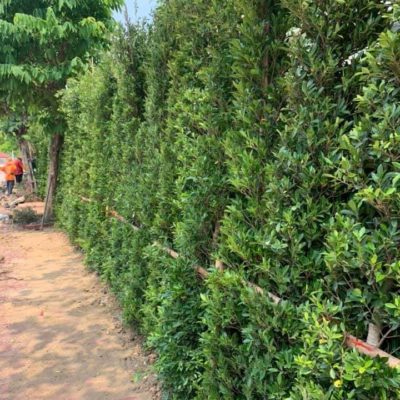
Name :Tembusu
Location :Academic Building, Library, Dormitory
Number of plants on campus : 10
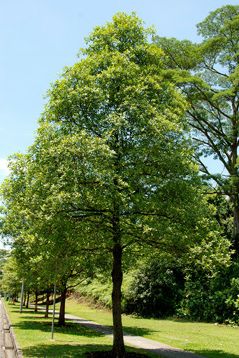
Name :Black Afara
Location : Dormitory
Number of plants on campus : 46
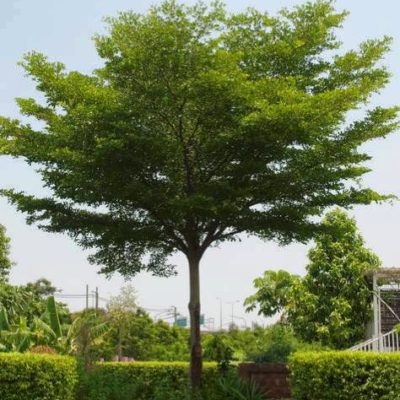
Name : Peacock Flower
Location : Gate-1, Main Street
Number of plants on campus : 115
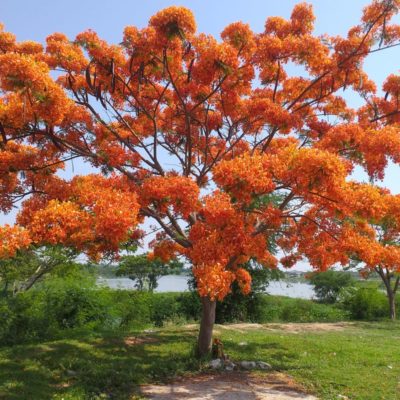
Name :Pink Trumpet
Location :Academic Building, Dormitory
Number of plants on campus : 318
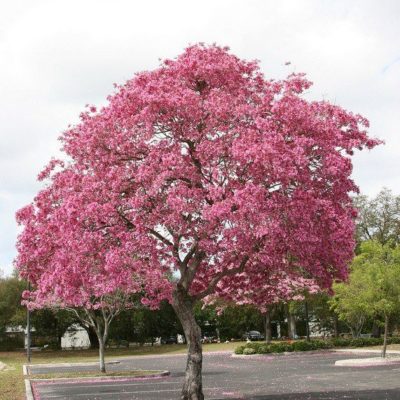
Name : Copper Pod
Location :Academic Building, Dormitory
Number of plants on campus : 105
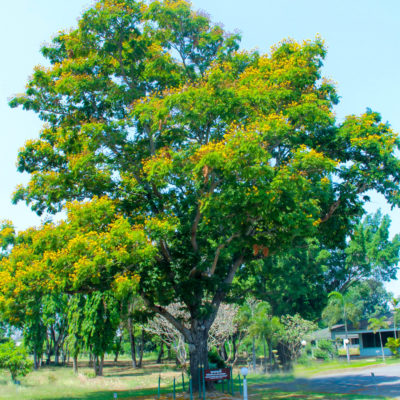
Name : Burma Padauk
Location :Academic Building, Dormitory
Number of plants on campus : 166
